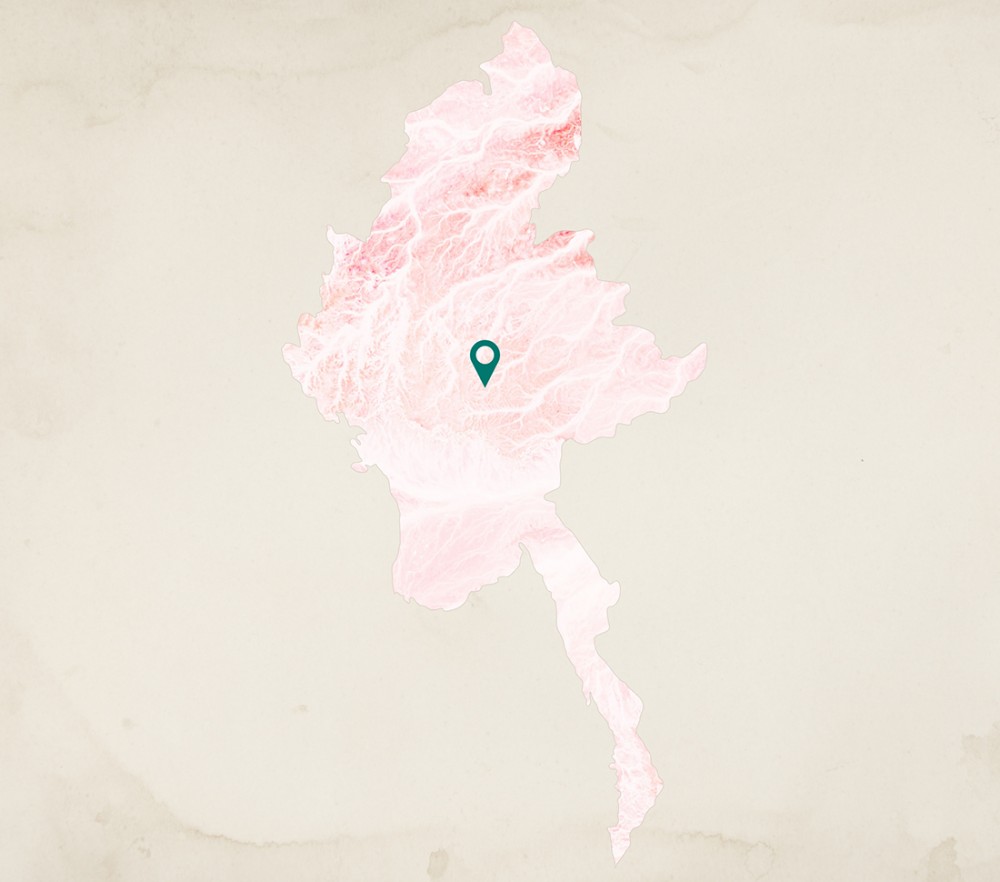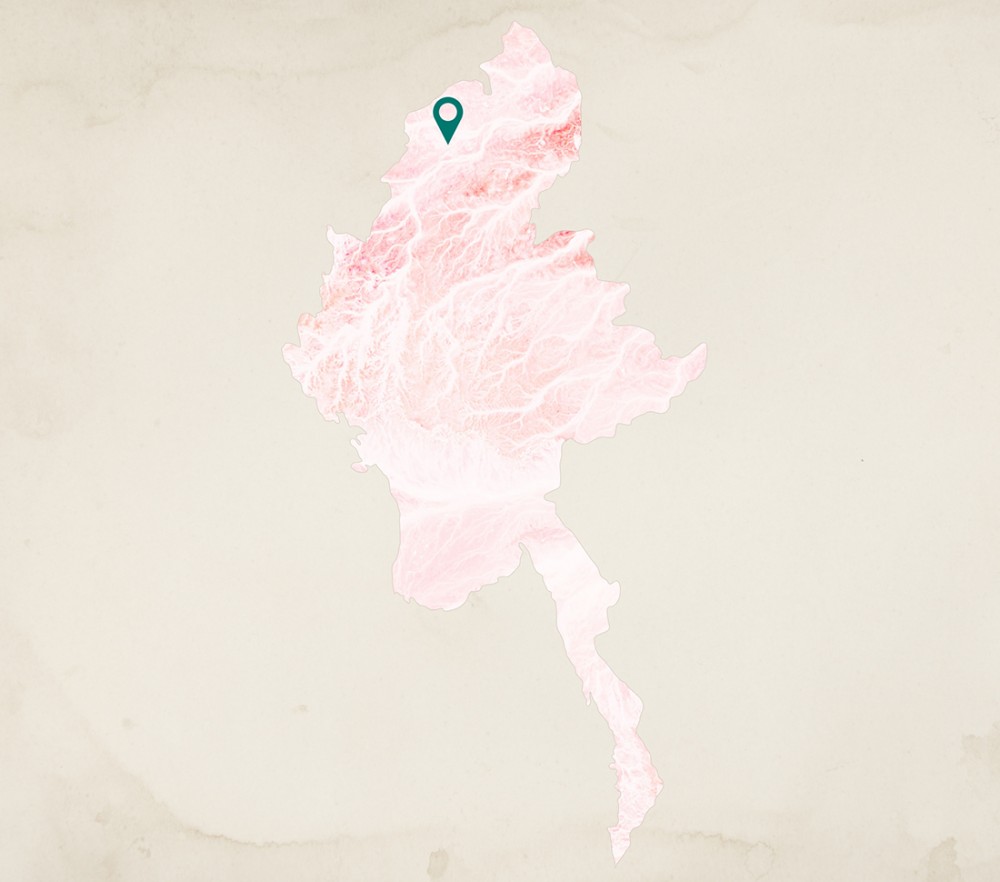
Htamanthi Wildlife Sanctuary
Background
Htamanthi Wildlife Sanctuary, in upper Sagaing Region, is one of the largest protected areas in Myanmar. It was established as a wildlife sanctuary in 1974 and WCS-supported activities started 20 years later. Local participation and adequate staffing are the main challenges for effective management.
The project
WCS began work in the sanctuary to support the Nature and Wildlife Conservation Division (NWCD). Interested locals were recruited as community guards to enforce the law. In 2017, the guardian program began to recruit active locals without qualifications in order to support NWCD and park guards for effective wildlife monitoring. To date, 50 community guards have been recruited and 61 guardians have joined the fieldwork. This system improves participation, provides income, and helps build trust between conservationists and communities, which has reduced threats in the sanctuary.
About the organization
Wildlife Conservation Society (WCS) is an international NGO with the mission to save wildlife and wild places worldwide. WCS initiated long-term conservation in Myanmar in 1993.

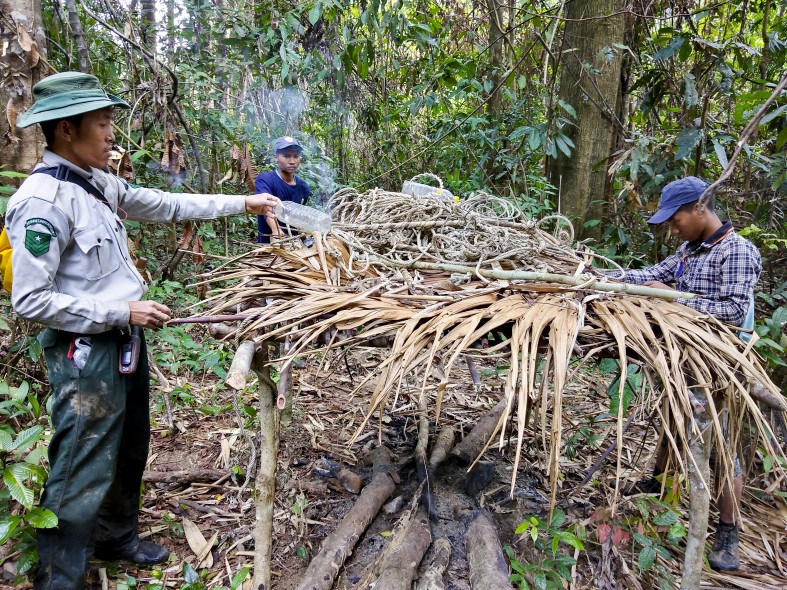
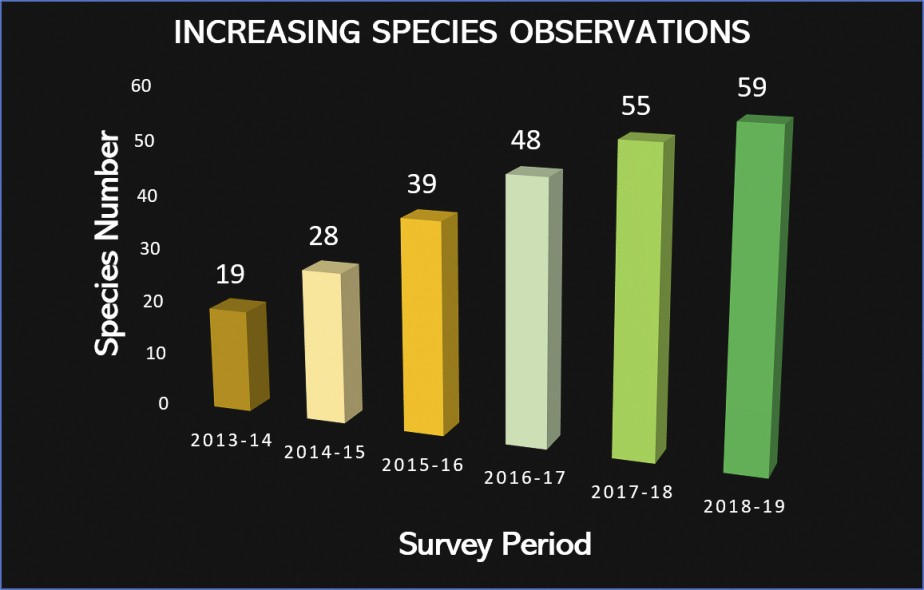

Implemented by

Financed by





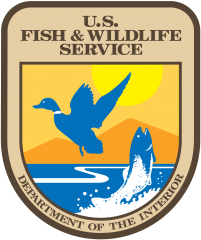
Implementing partners

Institutional partner(s)

Sustainable Natural Resource Management for Smallholder Farmers
Building a collective voice and actions for better natural resource management for farmers
